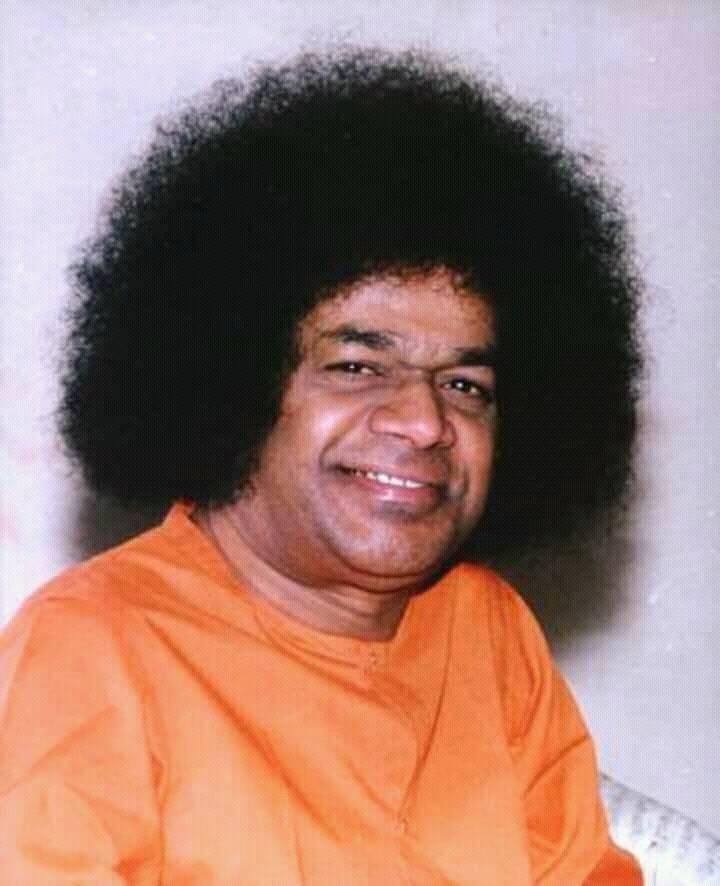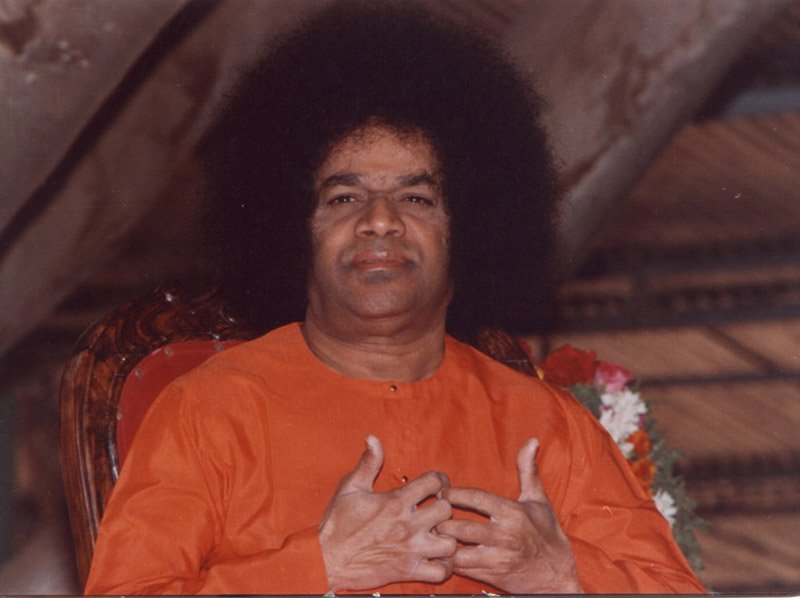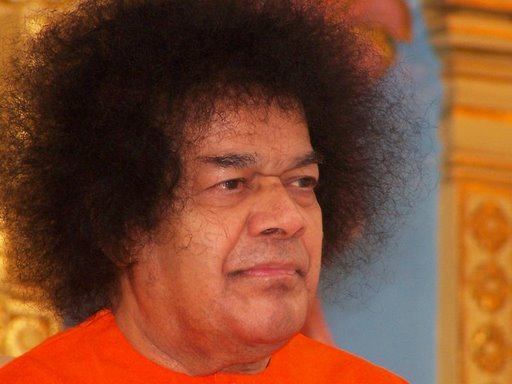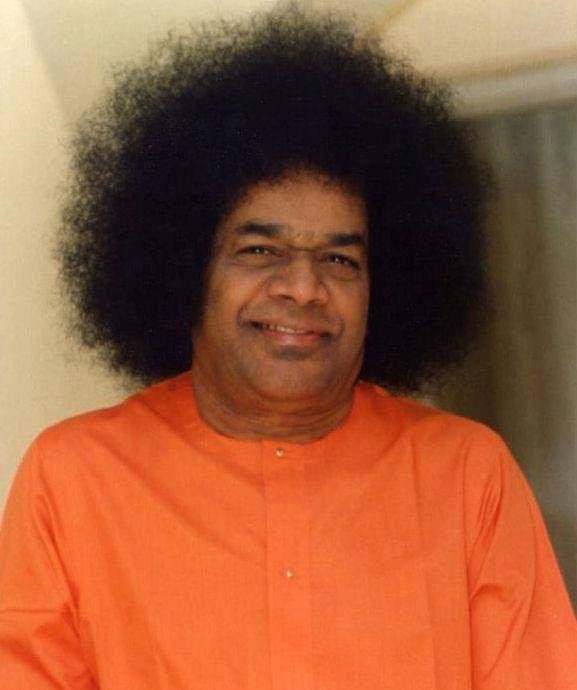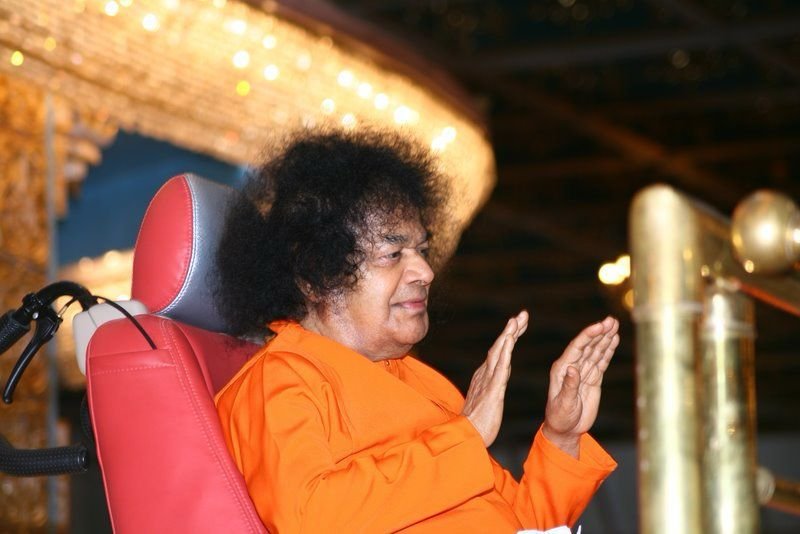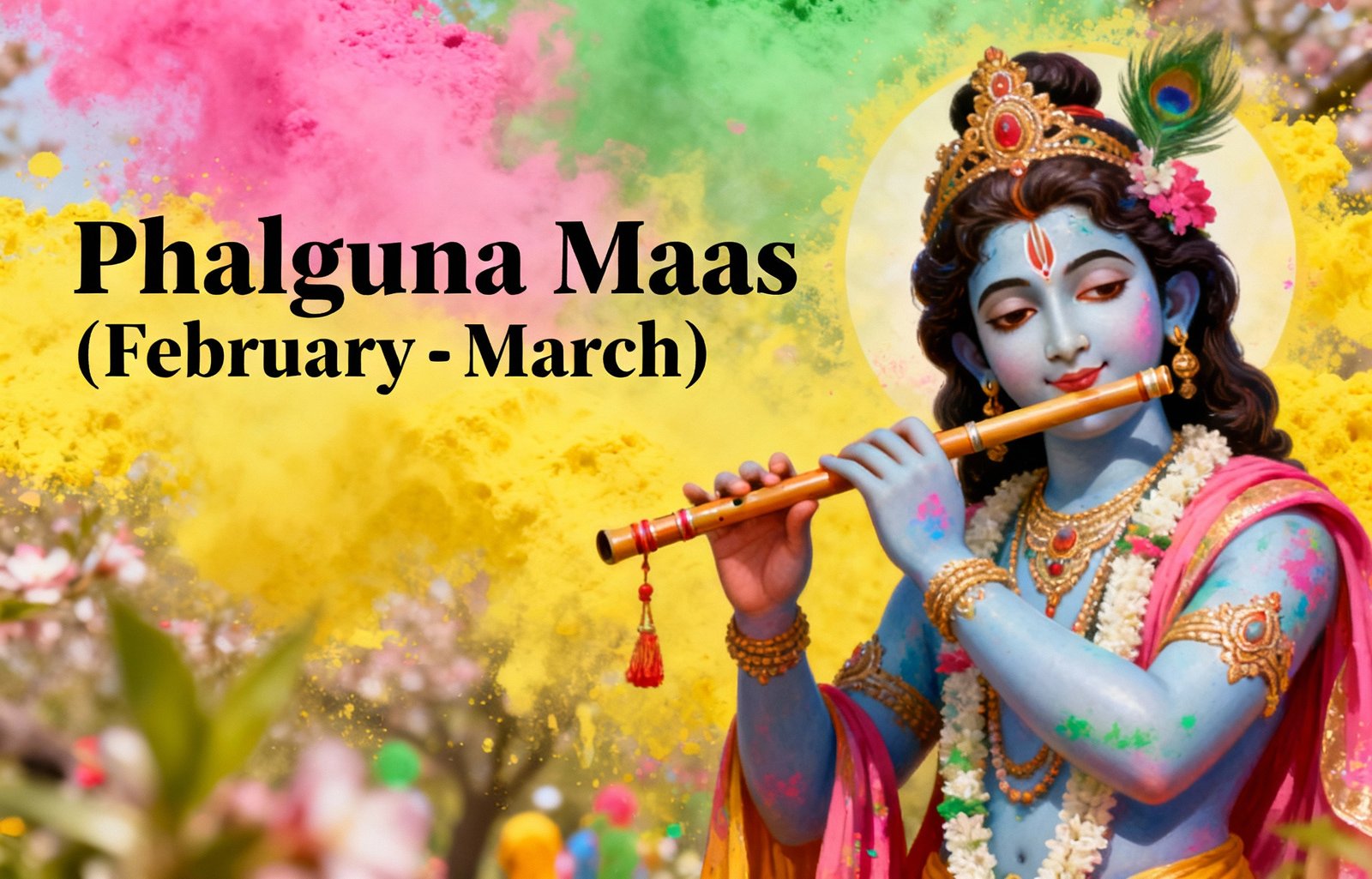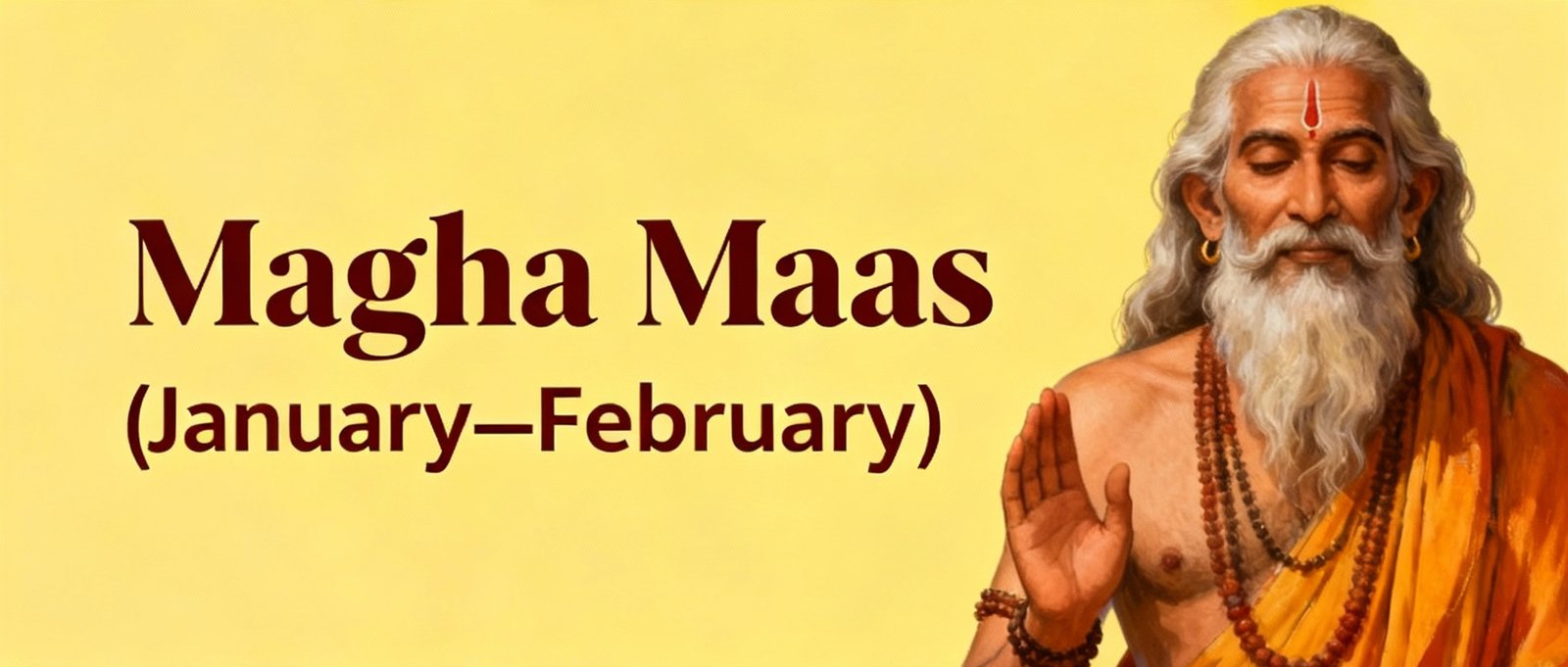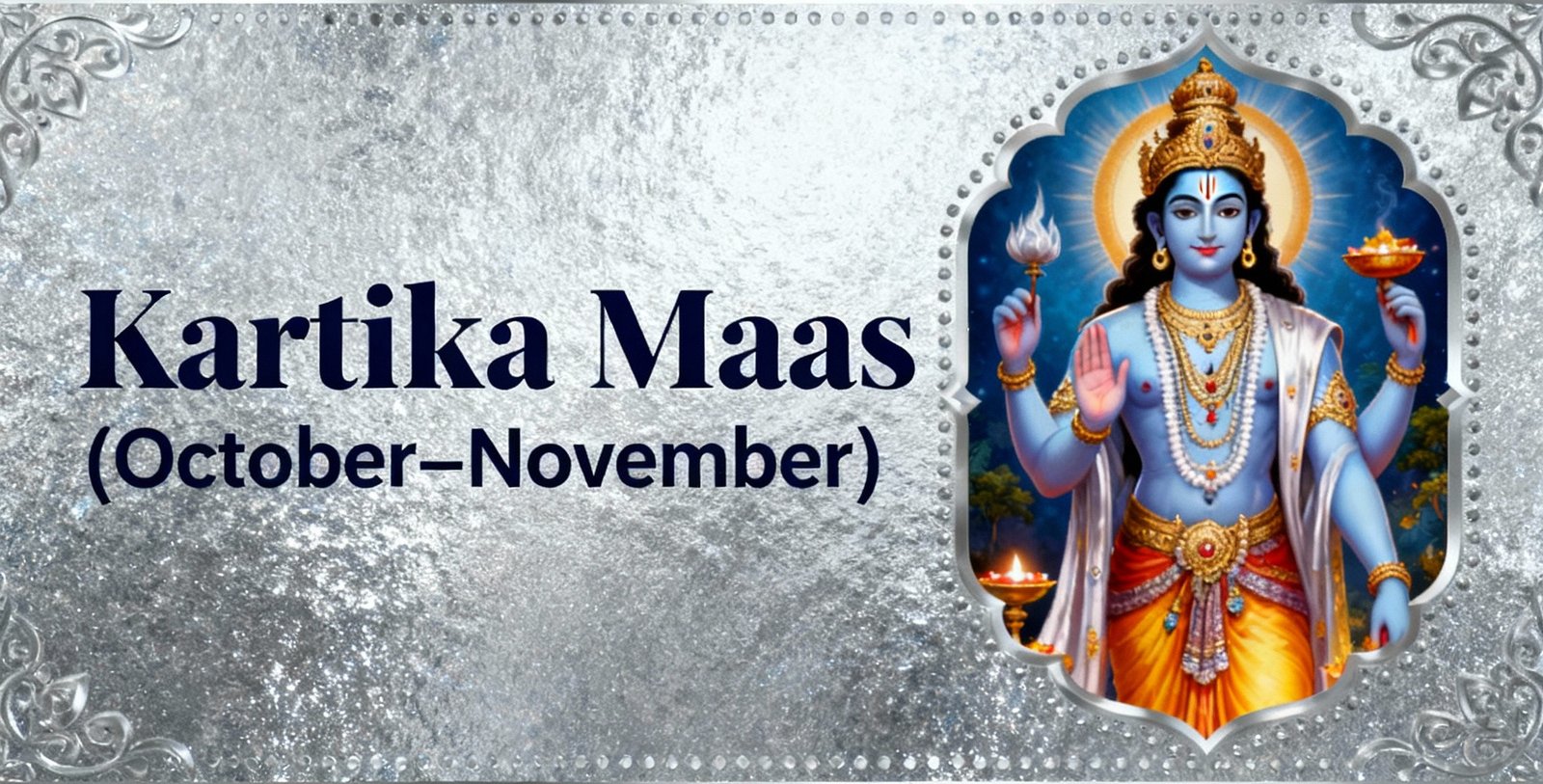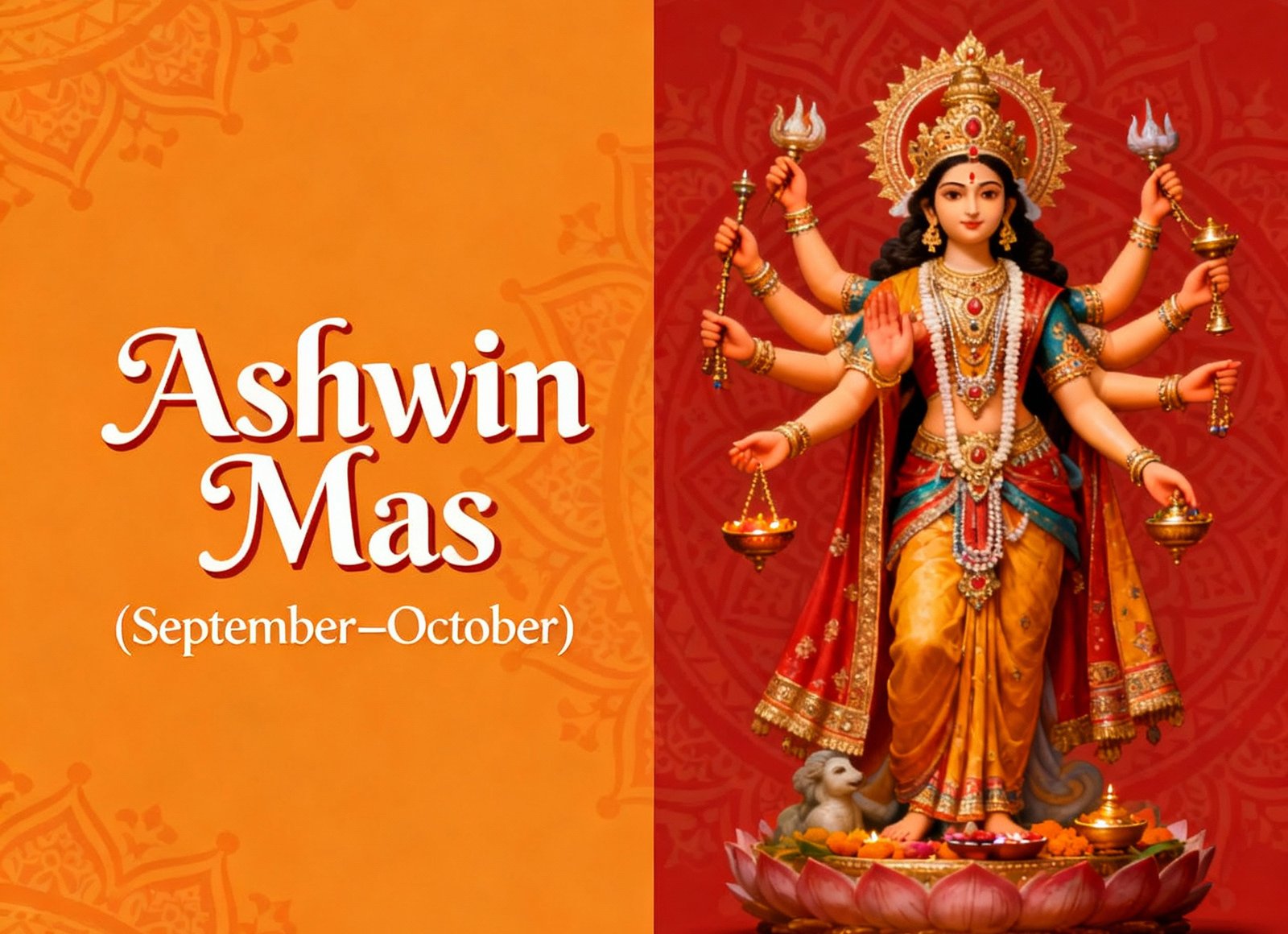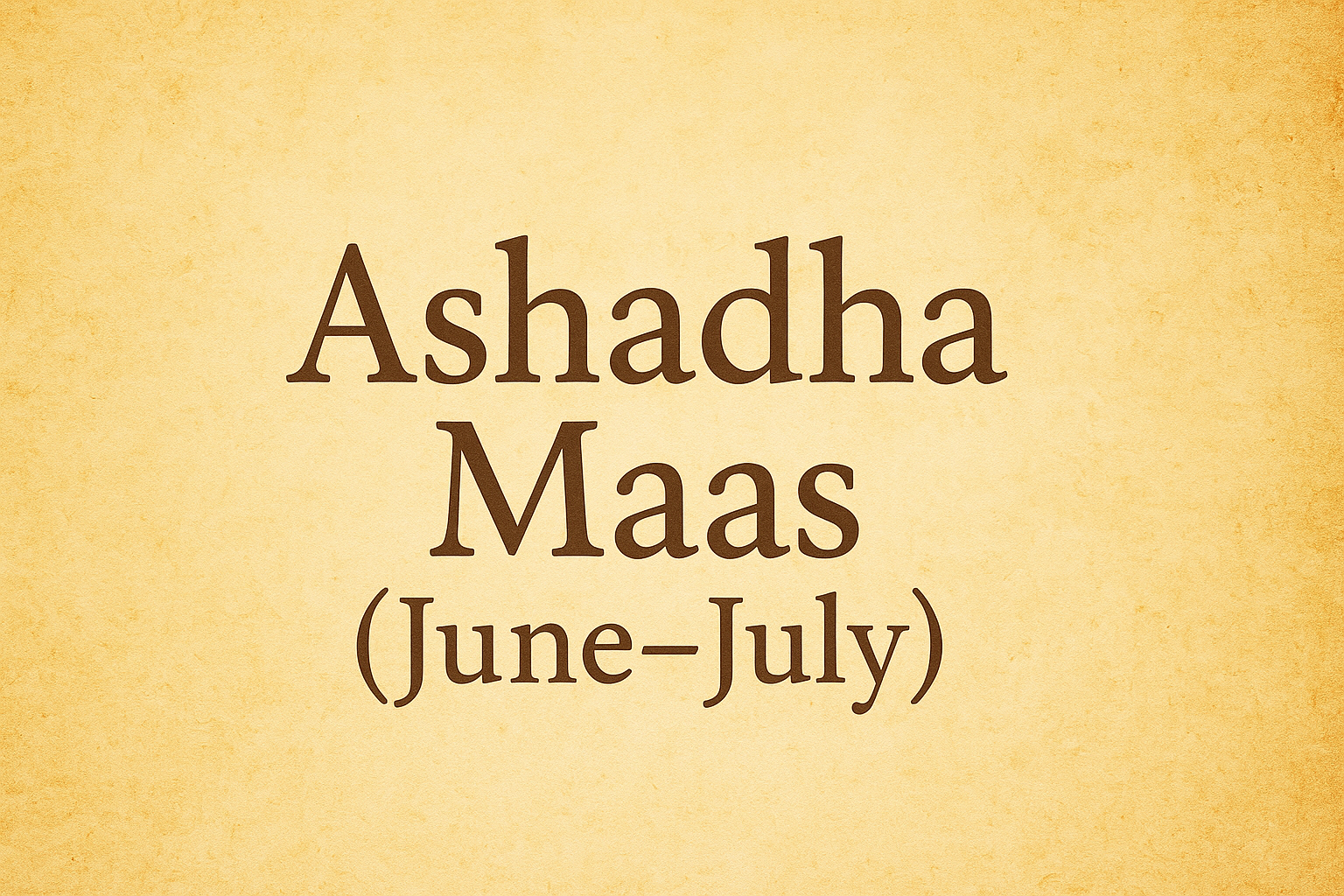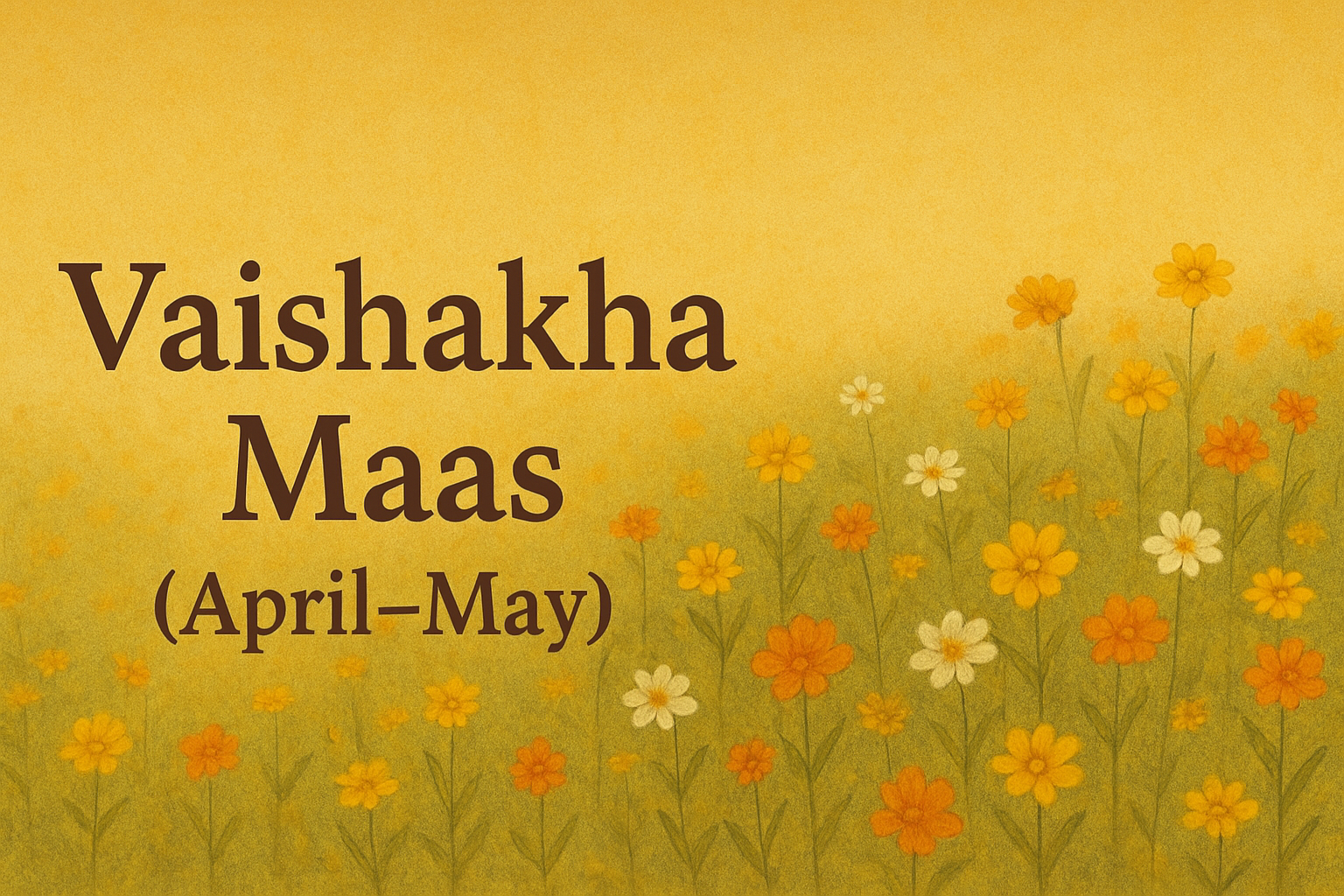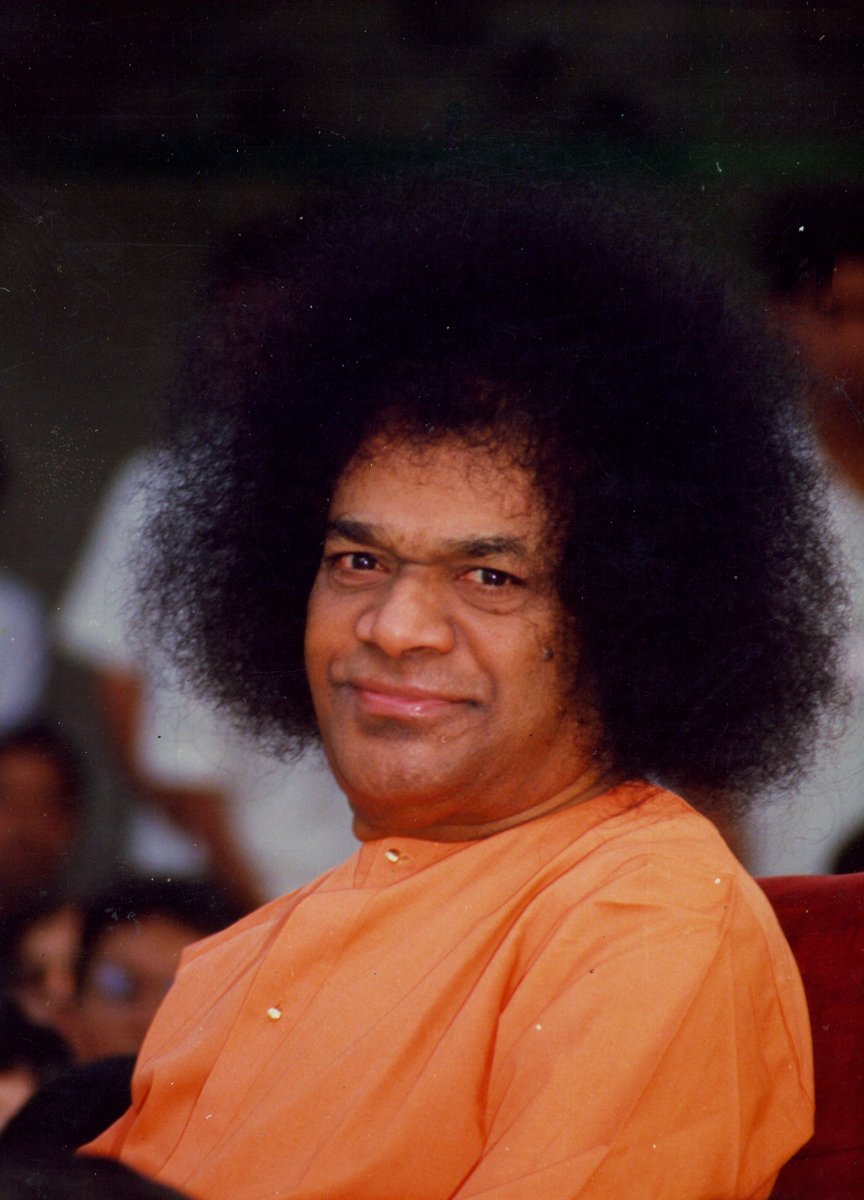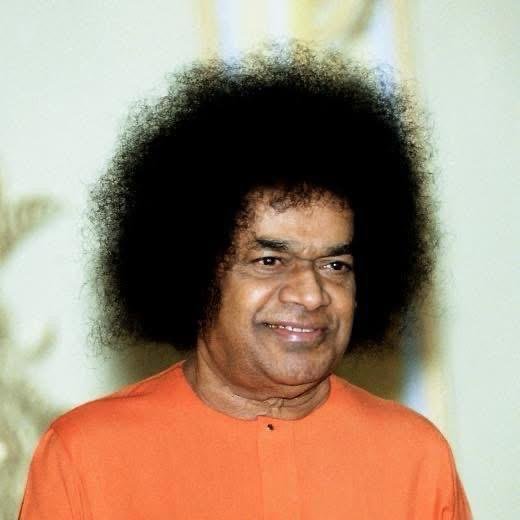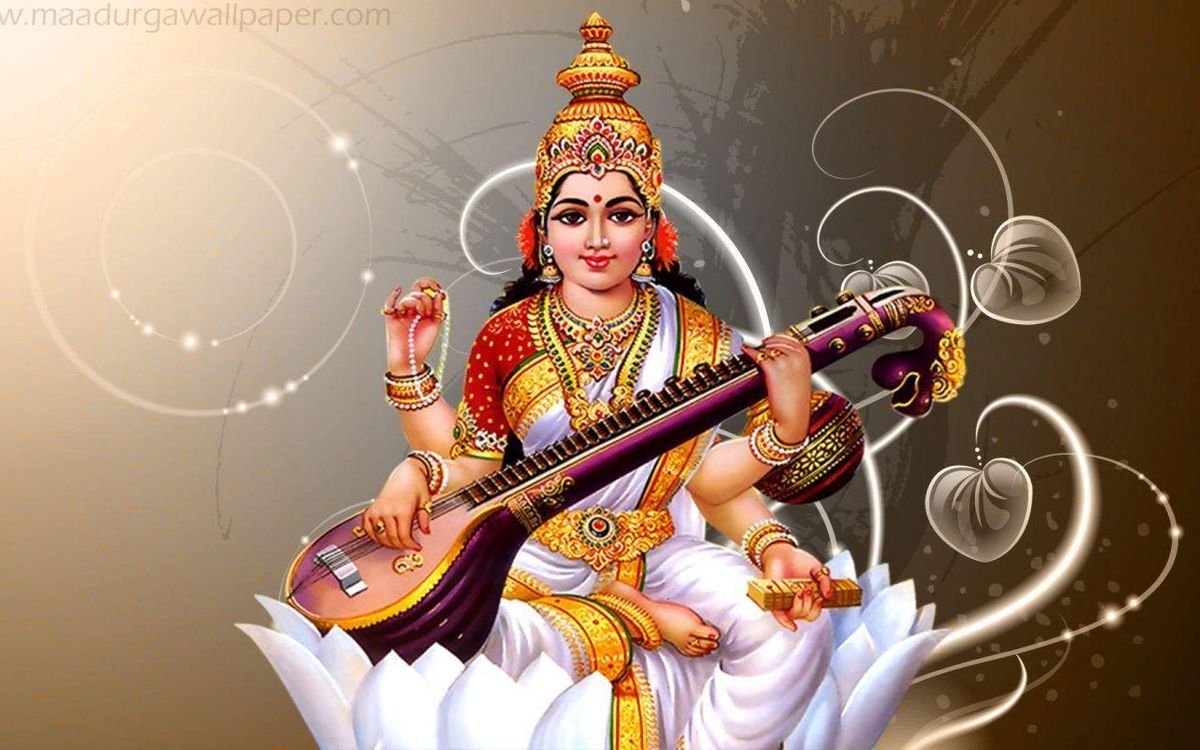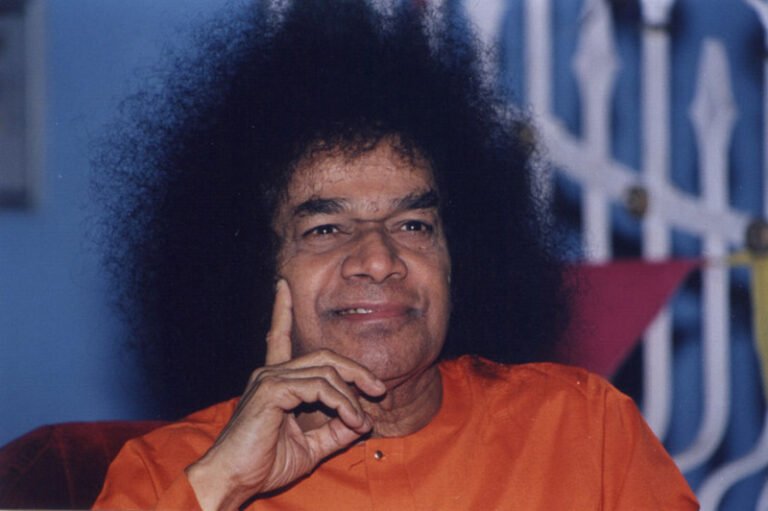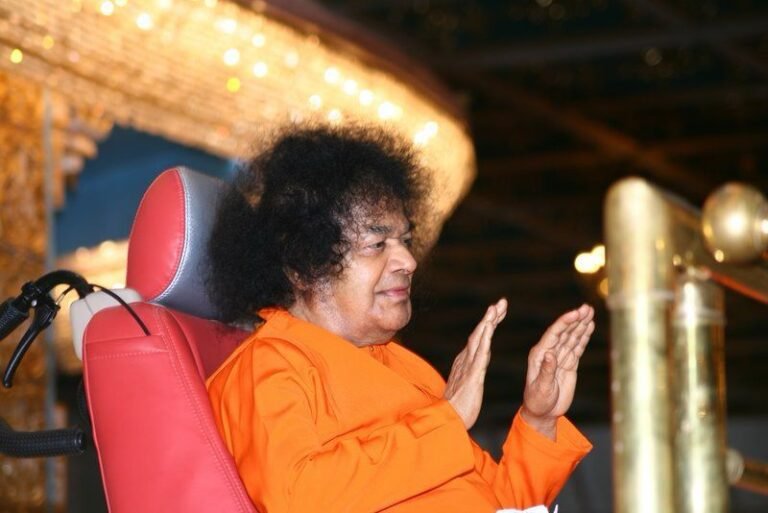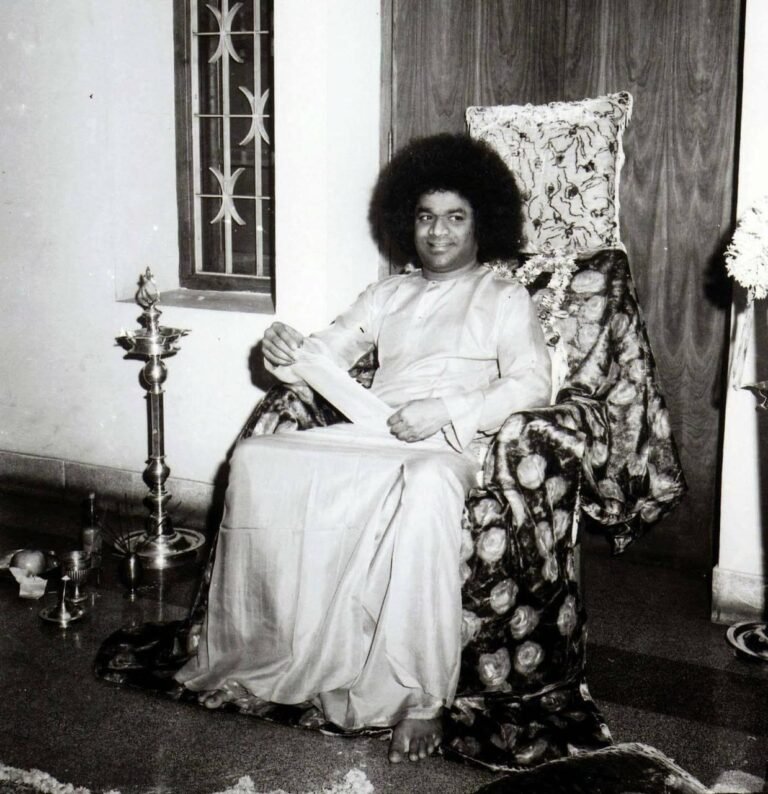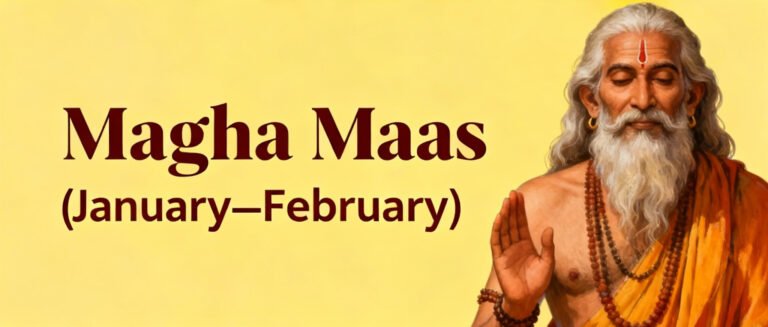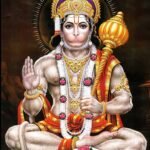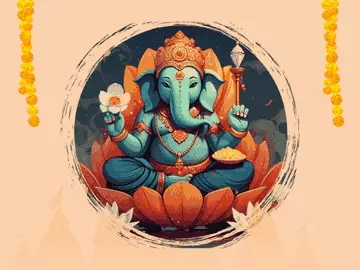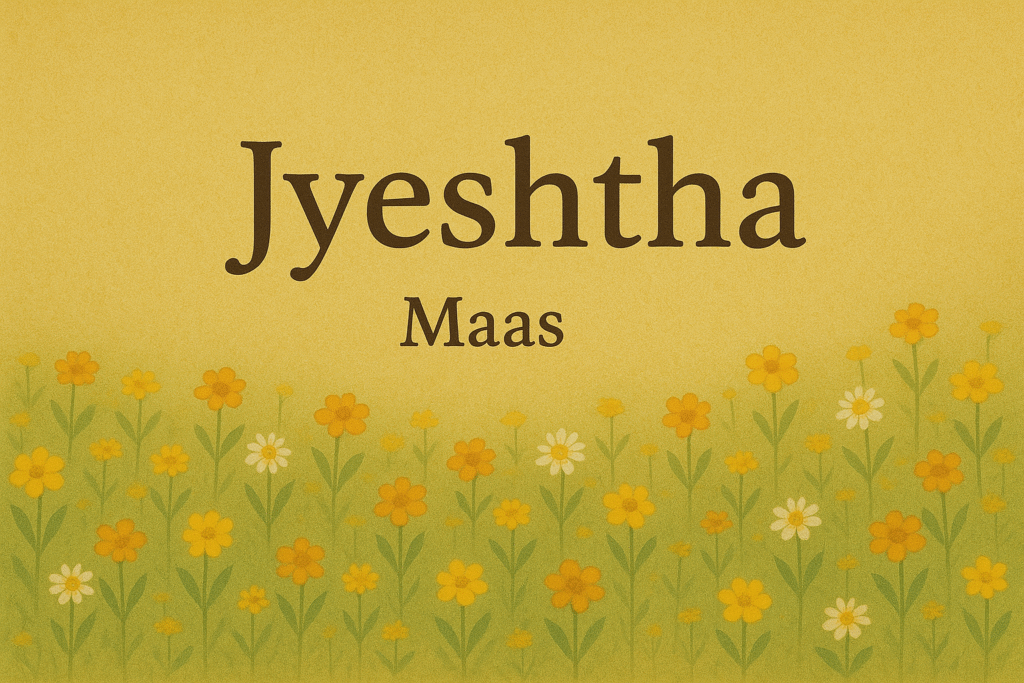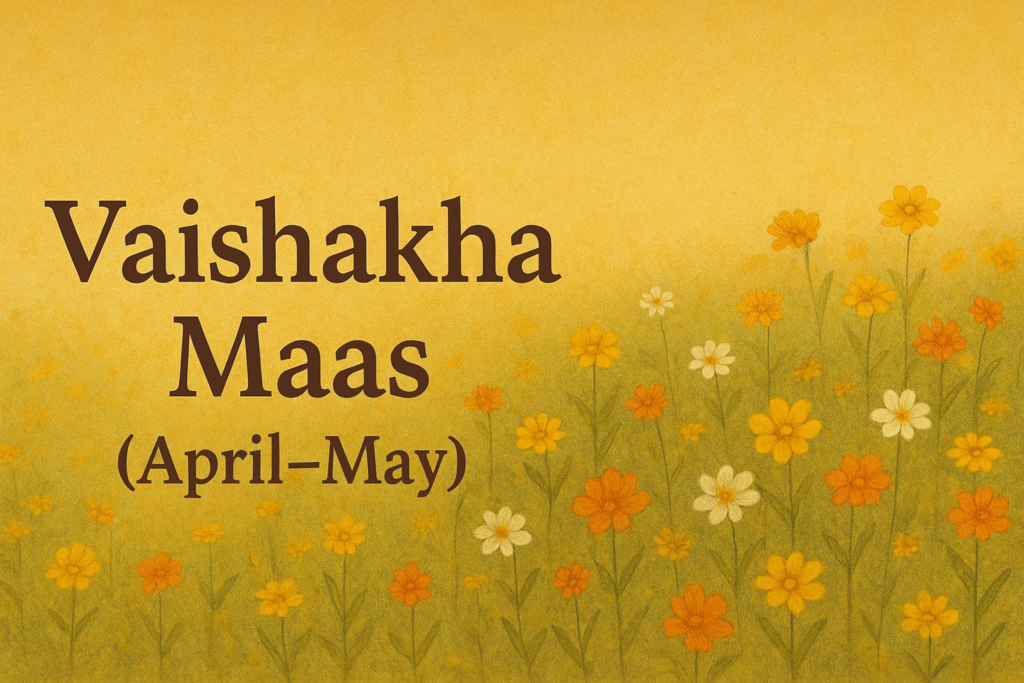Jyeshtha (May–June)
Ekadashi In The Month Jyeshtha (May–June) 🌙 Apara Ekadashi – Krishna Paksha (Jyeshtha Month) Apara Ekadashi, also known as Achala Ekadashi, is a highly auspicious fasting day that falls in the Krishna Paksha (waning phase of the moon) during the month of Jyeshtha (May–June). The term “Apara” means “boundless” or “immeasurable”, signifying the infinite spiritual merit (punya) that one attains by observing this sacred Ekadashi. It is a day of deep purification, repentance, and divine connection to Lord Vishnu, who grants forgiveness and spiritual upliftment to His devotees. 📜 Mythological Significance The greatness of Apara Ekadashi is described in the Brahmanda Purana, where Lord Krishna reveals its glory to King Yudhishthira. Lord Krishna explains that those who observe this Ekadashi with devotion are freed from all sins and gain results equivalent to performing great religious acts such as: Lord Krishna further narrated that even severe sins like deceit, falsehood, or disrespect toward parents and gurus are washed away by sincerely observing this vrat. Another story from the Skanda Purana mentions a warrior named Mahatapa, who was once burdened with the sin of violence committed during battles. On the advice of Sage Vasishta, he observed Apara Ekadashi with full devotion and was liberated from his past misdeeds. After death, he attained Vishnuloka, the divine abode of Lord Vishnu. 🕉️ Spiritual Essence Apara Ekadashi is not merely a day of fasting but a time to awaken one’s inner consciousness. The word Apara also implies “unseen merit.” It is said that the benefits of this vrat are so vast that they cannot be measured — hence, it is called Apara. It encourages devotees to let go of pride, greed, and ego, helping them seek the Lord’s grace through humility and repentance. Observing this day with pure devotion helps one overcome ignorance and walk toward moksha (liberation). 🌺 Rituals and Observances 1. Dashami Preparation (Day Before Ekadashi): 2. Ekadashi Day (Main Fasting Day): 3. Dwadashi (Next Morning – Breaking the Fast): 🌿 Benefits of Apara Ekadashi Vrat ✅ Material and Spiritual Prosperity:Observing Apara Ekadashi brings abundance, peace, and happiness in family life. ✅ Forgiveness of Sins:It absolves one from the effects of negative karma, freeing the soul from past misdeeds. ✅ Protection from Evil:It shields the devotee from evil influences, diseases, and misfortune. ✅ Salvation (Moksha):Those who observe this fast with full faith attain Vishnuloka — the abode of Lord Vishnu. ✅ Peace and Purity:It helps cultivate mental clarity, emotional balance, and spiritual wisdom. ✨ Do’s and Don’ts on Apara Ekadashi ✅ Do’s: 🚫 Don’ts: 📖 Scriptural Reference In the Brahmanda Purana, Lord Krishna says to Yudhishthira: “He who observes Apara Ekadashi with devotion will never fall into the darkness of ignorance. Even great sins are erased, and the soul attains the supreme abode.” 💫 Essence of Apara Ekadashi Apara Ekadashi teaches that true freedom comes through humility, faith, and repentance. Just as Lord Vishnu protects and uplifts all beings, this sacred vrat protects devotees from misfortune and leads them to divine light. It is a reminder that no matter how grave one’s past mistakes may be, sincere devotion and selfless fasting can wash away all impurities, guiding the soul toward eternal peace and union with the Supreme Lord Vishnu. 🌞 Nirjala Ekadashi – Shukla Paksha (Jyeshtha Month) Nirjala Ekadashi, also known as Pandava Ekadashi or Bhima Ekadashi, is one of the most powerful and spiritually significant Ekadashis in the Hindu calendar. It is observed during the Shukla Paksha (waxing phase of the moon) in the month of Jyeshtha (May–June). The word “Nirjala” means “without water,” and this Ekadashi is unique because devotees observe a strict fast without food or even a single drop of water for 24 hours, dedicating the day entirely to Lord Vishnu. It is believed that observing this single fast with utmost devotion grants the same spiritual merit as observing all the other 24 Ekadashis of the year combined. 📜 Mythological Significance The Nirjala Ekadashi Vrat Katha is described in the Brahma Vaivarta Purana and the Mahabharata. According to the legend, Bhima, the second of the Pandava brothers, loved to eat and found it difficult to fast twice a month on Ekadashi days like his brothers. Feeling guilty about breaking the sacred practice, he approached Sage Vyasa for guidance. The sage advised Bhima to observe one Ekadashi fast in the year without food or water — the Nirjala Ekadashi — which would offer him the same merit as observing all the other Ekadashis. Bhima, with strong determination, observed the Nirjala fast and received Lord Vishnu’s blessings. From that time, this Ekadashi became known as Bhima Ekadashi or Pandava Ekadashi. This sacred fast is said to free devotees from all sins, grant long life, good health, prosperity, and ultimately lead the soul to Vaikuntha, the divine abode of Lord Vishnu. 🌼 Rituals and Observance 1. Preparation (Dashami – Day Before Ekadashi) 2. Main Day (Ekadashi) 3. Parana (Breaking the Fast – Dwadashi Day) 🌿 Spiritual Benefits of Nirjala Ekadashi 🌺 Do’s and Don’ts on Nirjala Ekadashi ✅ Do’s: 🚫 Don’ts: 📖 Scriptural Reference In the Brahma Vaivarta Purana, Lord Krishna tells Bhima: “O Bhima, the Nirjala Ekadashi is the most powerful among all Ekadashis. One who observes it with faith and devotion attains the merit of all other Ekadashis combined. Such a soul becomes pure and reaches My divine abode.” 💫 Essence of Nirjala Ekadashi Nirjala Ekadashi represents ultimate devotion, sacrifice, and discipline. By giving up even water — the most essential element of life — devotees express their unshakable faith in Lord Vishnu. It teaches that true devotion lies not merely in ritual fasting but in surrendering one’s ego and desires to the Divine. This Ekadashi inspires self-control, inner strength, and unwavering faith, helping devotees transcend physical limitations and attain the highest spiritual consciousness. By observing Nirjala Ekadashi with a pure heart, one is blessed with purity, strength, and eternal peace, along with the supreme grace of Lord Vishnu — the protector of all beings.
Jyeshtha (May–June) Read Post »

